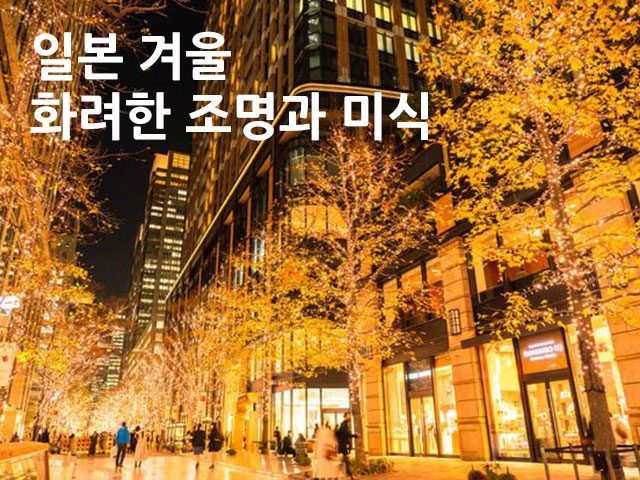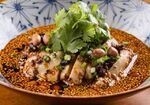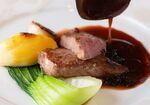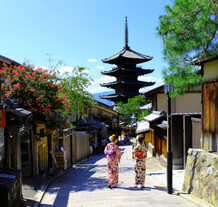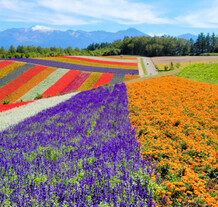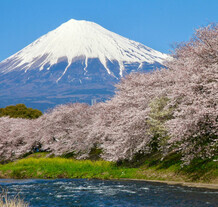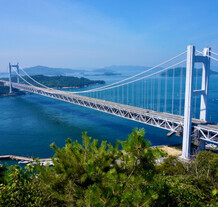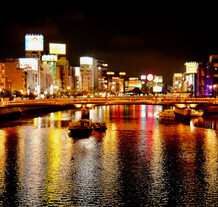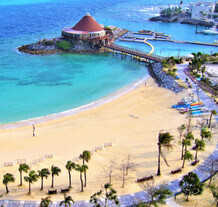Like and Share us
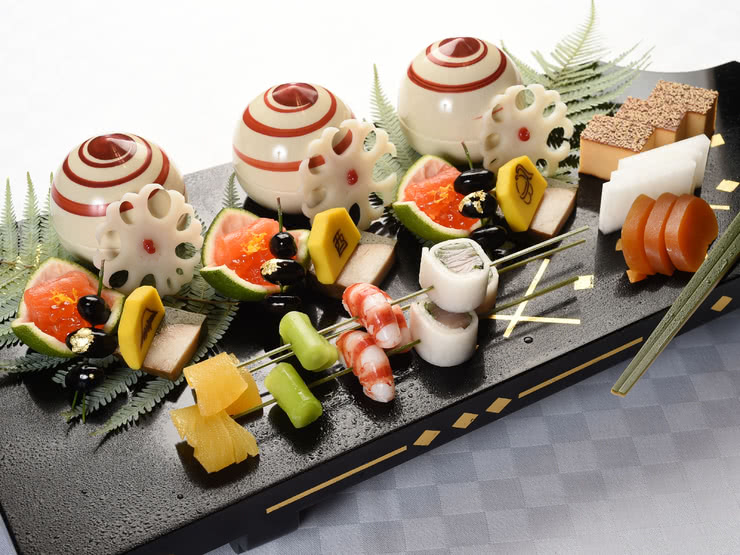
전통 일식 요리를 즐기고 싶다면, 가이세키 요리를 놓치지 마세요! 이 기사에서는 계절 재료를 아름답게 배열한 이런 호화로운 일식 코스 요리에 대해 모두 설명할 것입니다. 교토에서 가장 좋은 가이세키 레스토랑 중 일부도 끝 부분에 나열되어 있습니다.
1. "가이세키 요리"란 무엇인가?
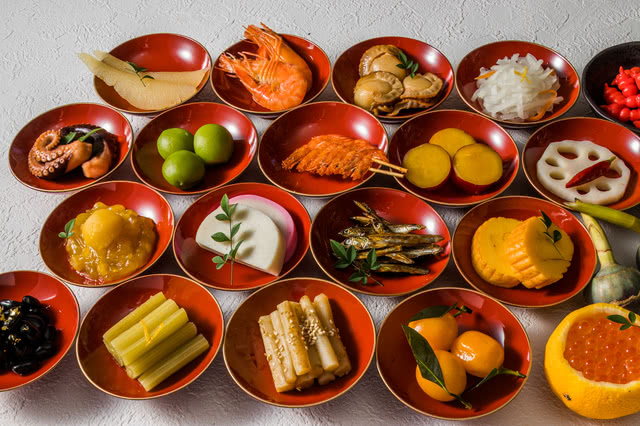
오늘날, 차식 동안에 먹는 이 공식적인 식사는 종종 "cha kaiseki"(글자 그대로 "차 가이세키")라고 불립니다. 따라서, 현재 "가이세키 요리" 또는 "가이세키"는 일반적으로 매우 고급스럽고, 정통 일본 코스 요리를 가리킵니다.
2. 2가지 가이세키 요리의 차이점 (懐石 and 会席)
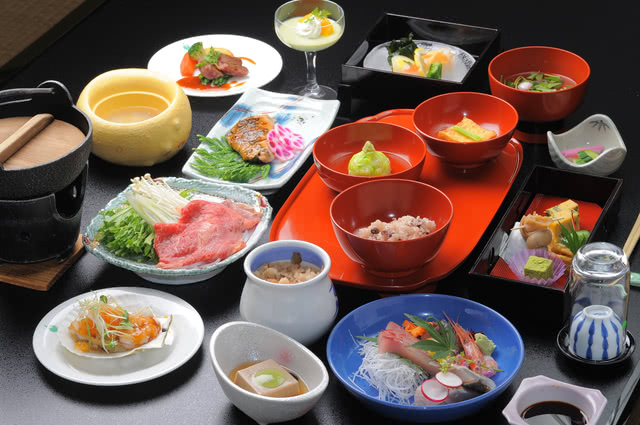
고요한 차 가이세키는 전통적인 일본 차 식례의 예절에 중요성을 둡니다. 반면에 '会席'은 환대가 더 중요하다고 생각하므로 훨씬 더 캐주얼하며, 술과 대화가 요리와 함께 흐릅니다. 모든 것을 기억하는 쉬운 방법은 '懐石'이 공식적인 '茶懐石'과 더 캐주얼한 '会席' 사이의 중간 지점이라는 것을 명심하는 것입니다.
3. 가이세키 요리를 먹을 때의 예절
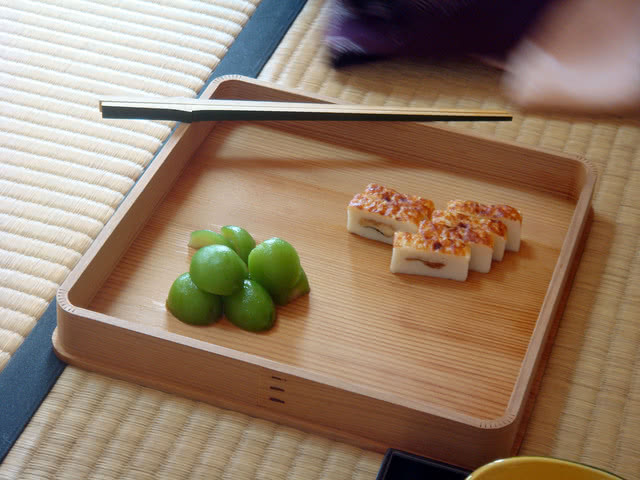
국, 끓인 요리, 구운 요리 등의 요리는 모두 먹을 순서대로 제공됩니다. 다음 요리가 이전 요리를 먹는 것을 끝내기 전에 제공되면, 새로 제공된 요리를 한 입 먹는 것이 예절이라고 할 수 있습니다, 그 후에 이전의 요리를 마무리합니다.
4. 가이세키 요리의 순서
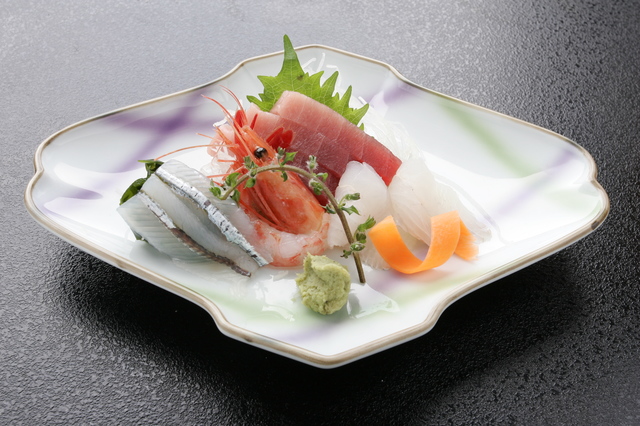
국:
재료가 들어간 된장국이 국그릇에 담겨 제공됩니다.
이치쥬 산사이 요리 중 첫 번째로, 회나 절인 야채가 들어 있습니다. 공식적인 차 가이세키에서는 이치쥬 산사이 요리가 한꺼번에 제공될 수 있습니다. 서빙 테이블의 먼 쪽에 놓입니다.
니모노:
이치쥬 산사이 요리 중 두 번째로, 끓인 요리로 구성됩니다. 코스 요리의 메인 요리.
야키모노:
이치쥬 산사이 요리 중 세 번째. 고기와 같은 굽은 요리가 큰 접시에 담겨 모두가 먹을 수 있게 제공됩니다.
아즈케바치:
이치쥬 산사이 요리 외에도 제공됩니다. 때때로 "시이자카나"라고도 불립니다.
스이모노:
다시마(육수)와 간장 등으로 맛을 낸 다양한 재료가 들어간 국.
하순:
바다와 산의 2-3가지 미각을 함께 제공하는 사이드 요리로, 사각형 하순(백향나무 트레이)에 담겨 제공됩니다.
유즈케와 절임:
절인 것과 유즈케(뜨거운 물이 든 밥 그릇) 한 그릇이 제공됩니다.
디저트:
마지막으로 제공되는 요리는 계절 디저트입니다.
5. 가이세키 요리 레스토랑 추천
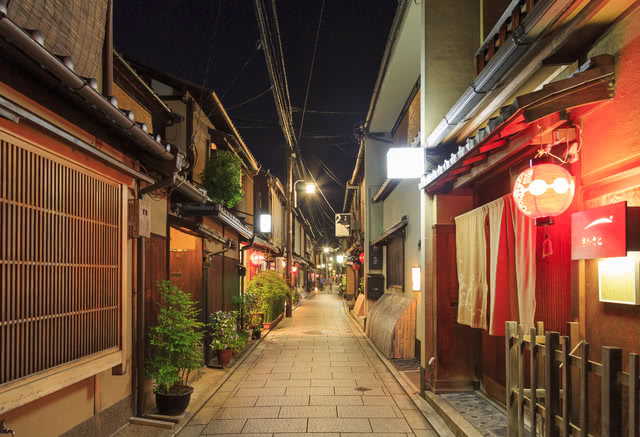
교료리 다테가미
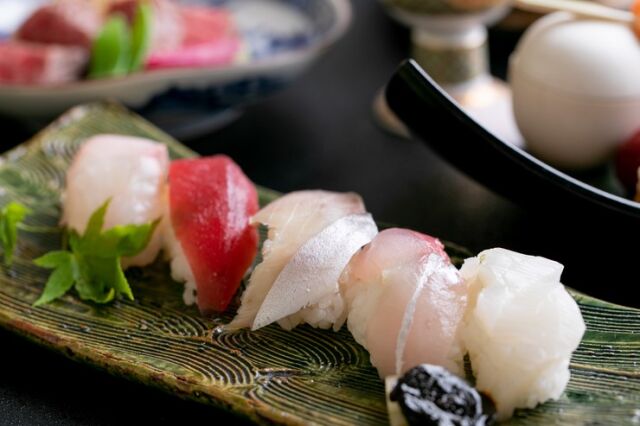
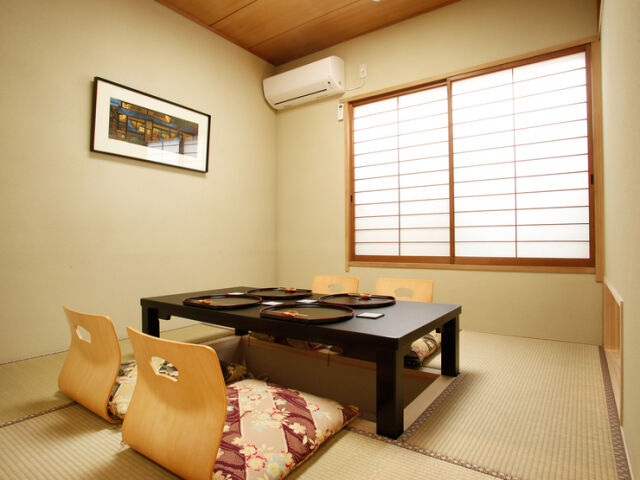
교료리 다테가미
En
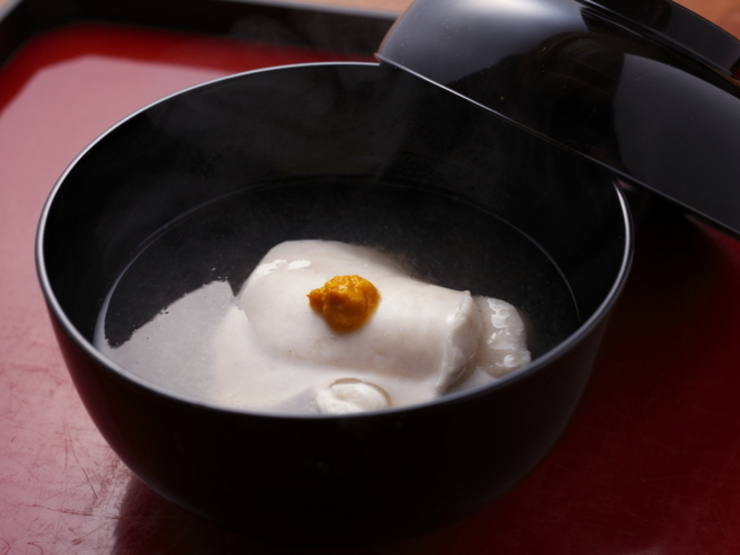
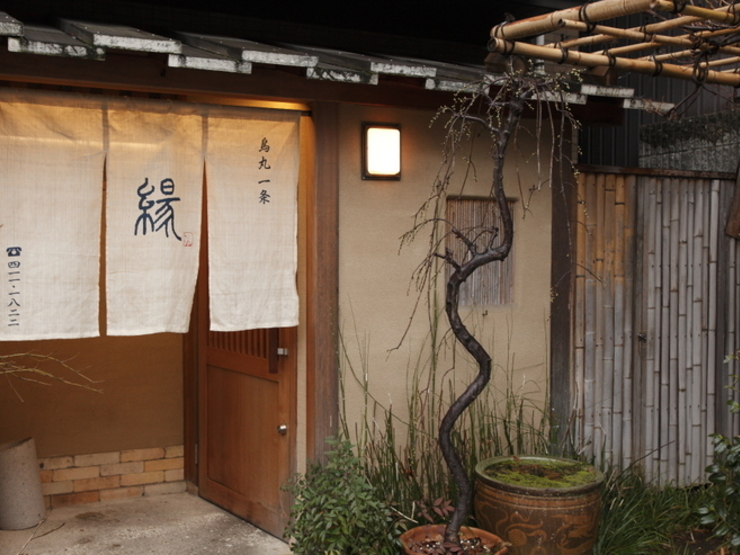
En
Closed: Thursdays
Average price: [Dinner] 15,000 JPY / [Lunch] 6,000 JPY
Access: Kyoto City Subway, Karasuma Line 5 minutes from exit number 6 of Imadegawa Station.
Address: Tatsumae-cho 589 (South of Karasuma Ichijo Intersection), Kamigyo-ku, Kyoto-shi, Kyoto (Map)
More Details Reservation
Kappo Chihiro


Kappo Chihiro
Closed: Monday
Average price: [Dinner] 20,000 JPY
Access: 394 meters from Gionshijo Station
Address: 279-8, Gionmachi-Kitagawa, Higashiyama-ku, Kyoto, Kyoto (Map)
More Details Reservation
Teramachi Yoshikura


Teramachi Yoshikura
Closed: Tuesdays
Average price: [Dinner] 5,300 JPY / [Lunch] 1,350 JPY
Access: A 3 minute walk from the Kyoto City bus stop Kawaramachi Imadegawa. A 10 minute walk if you take exit 3 at Imadegawa station on the Karasuma Subway line.
Address: Corpo Shimoyama 1F, 102 Shin'nyodo Mae-cho , Kamigyo-ku,Kyoto-shi, Kyoto (Map)
More Details Reservation
Aji Fukushima
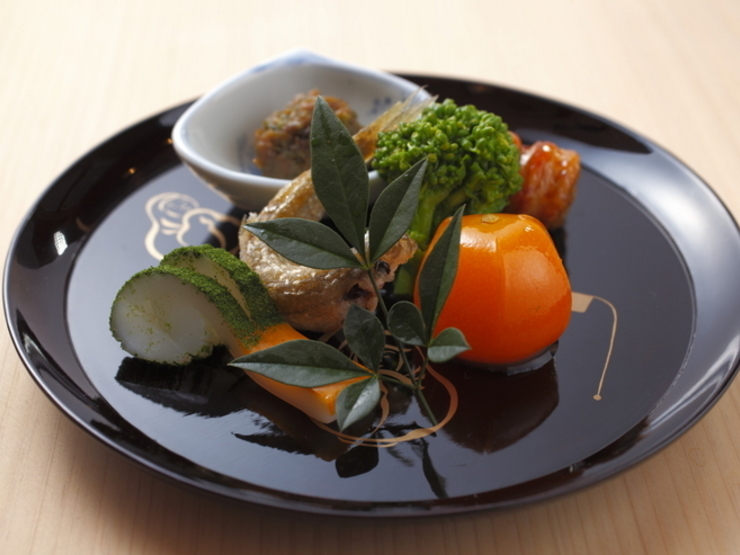
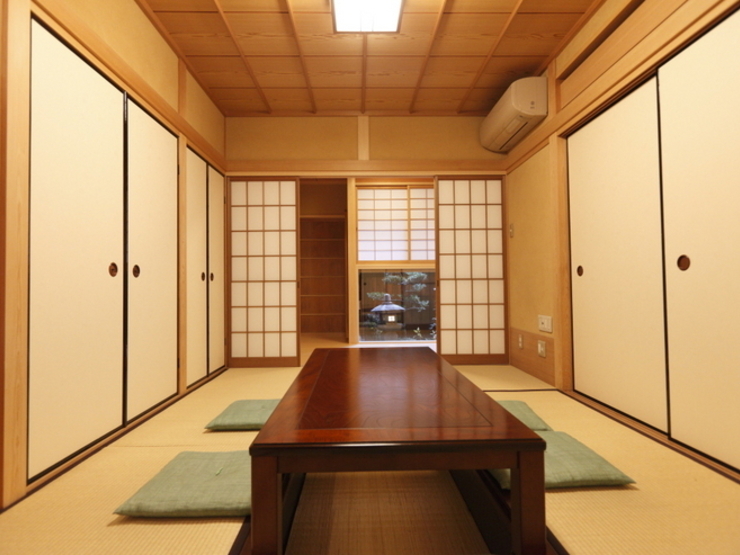
Aji Fukushima
Closed: Sundays, Last Monday of every month
Average price: [Dinner] 15,000 JPY / [Lunch] 4,000 JPY
Access: Keihan Main Line, 5 minutes walk from Gion-Shijo Station.
Address: Gionmachi Minamigawa 570, Higashiyama-ku, Kyoto-shi, Kyoto (Map)
More Details
Higashiyama Yuuzu


Yuba Higashiyamayuuzu
Closed: Thursday
Average price: [Dinner] 5,000 JPY / [Lunch] 2,000 JPY
Access: 7 minute walk from Gion Shijo station on the Keihan main line.
Address: 570-218 Gionmachiminamigawa, Higashiyama-ku, Kyoto, Kyoto (Map)
More Details Reservation
Tankuma Kitamise Main Branch
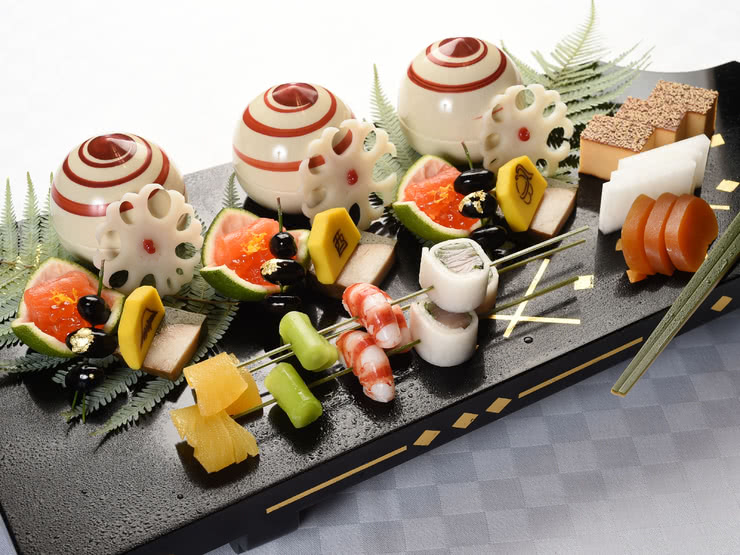
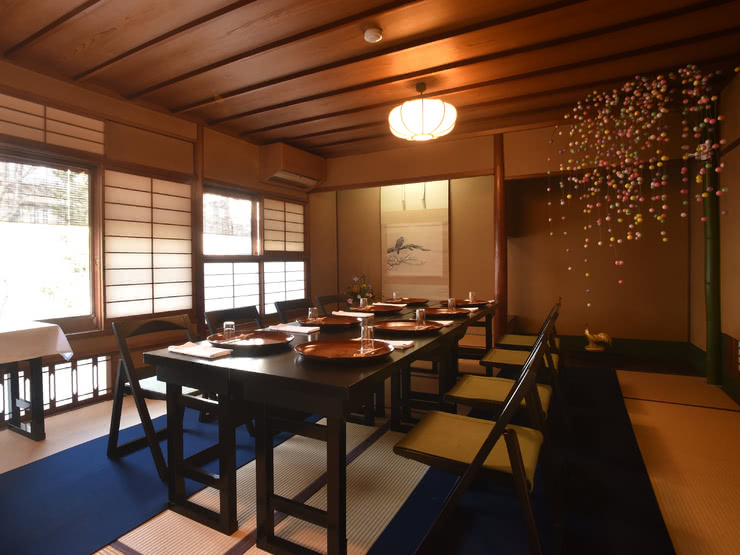
Tankuma Kitamise Main branch
Closed: Irregular
Average price: [Dinner] 20,000 JPY / [Lunch] 6,000 JPY
Access: 209 meters from [Kawara-machi Station] on Hankyu Railway Kyoto Main Line
Address: 355, Kamiya-cho, Shijyo-agaru, Nishi Kiyamachi-dori, Nakagyo-ku, Kyoto, Kyoto (Map)
More Details Reservation
